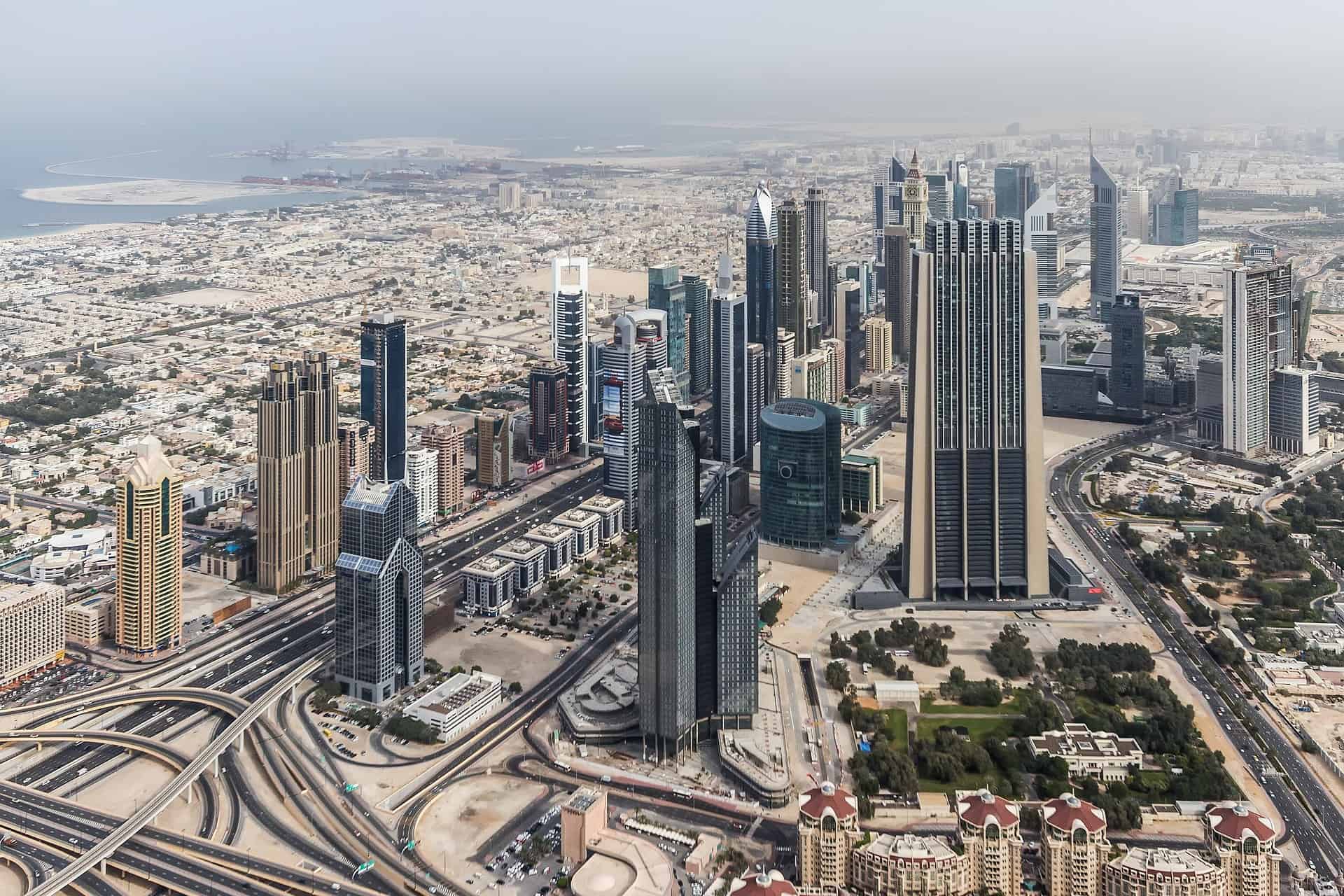Abu Dhabi, UAE – UAE Islamic banking sector assets witnessed steady growth in 2022, accounting for 23.0 percent of the total UAE banking sector assets, according to the Central Bank of the UAE (CBUAE)’s Financial Stability Report for 2022.
The report highlighted the sector’s continued recovery in profitability, supported by strong capital buffers and ample lending capacity. There was an improvement in asset quality, marked by a decrease in non-performing financing and stable provision coverage.
The report revealed that the UAE Islamic banking sector’s assets expanded by 8.3 percent to reach $230.2 billion (AED 845.2 billion) in 2022. Within the UAE banking system, there are eight full-fledged Islamic banks and 17 Islamic windows established by conventional banks, with total assets of $171.2 billion (AED 630.7 billion) and $58.2 billion (AED 214.5 billion), respectively.
Demand for Shariah-compliant financing remained robust, with a growth rate of 4.9 percent observed in 2022, leading to total financing of $145.7 billion (AED 536.4 billion). This growth was primarily driven by government and retail financing, while private corporate financing, which represented the majority (41.7 percent) of total financing, experienced a slight decrease of 2.1 percent. Retail financing growth was primarily contributed to by personal consumer financing, followed by mortgage and car financing.
The investment assets portfolio, accounting for 15.0 percent of total assets, expanded by 13.9 percent in 2022 to reach $34.5 billion (AED 127.2 billion). This growth was largely attributed to increased Sukuk holdings, which constituted over 97 percent of the total investment portfolio. Islamic banks maintained strong funding levels, with customer deposits accounting for 66.3 percent of total liabilities, while capital markets funding represented only 5.2 percent.
Total deposits in the Islamic banking sector grew by 4.1 percent to $146.2 billion (AED 538.6 billion), indicating a 1.3 percentage point increase compared to the previous year. Profit-sharing investment accounts (PSIA) accounted for the majority (68.4 percent) of total deposits and experienced a notable growth rate of 15.8 percent in 2022. Capital market funding also saw growth, increasing by 7.0 percent during the same period.
The sector’s profitability showed signs of recovery, with a rise in return on assets (ROA) by 0.5 percentage points to 1.8 percent compared to the previous year. This increase was attributed to higher net financing income and reduced impairment charges. Furthermore, the cost-to-income ratio improved to 28.9 percent, indicating enhanced cost efficiency. Capital buffers remained sufficient, with an aggregate capital adequacy ratio (CAR) of 17.7 percent.
Overall, the UAE Islamic banking sector demonstrated positive performance and resilience in 2022, showcasing growth in assets, strong profitability, improved asset quality, and stable funding sources. These factors indicate the continued expansion and development of Islamic banking in the UAE’s financial landscape.

